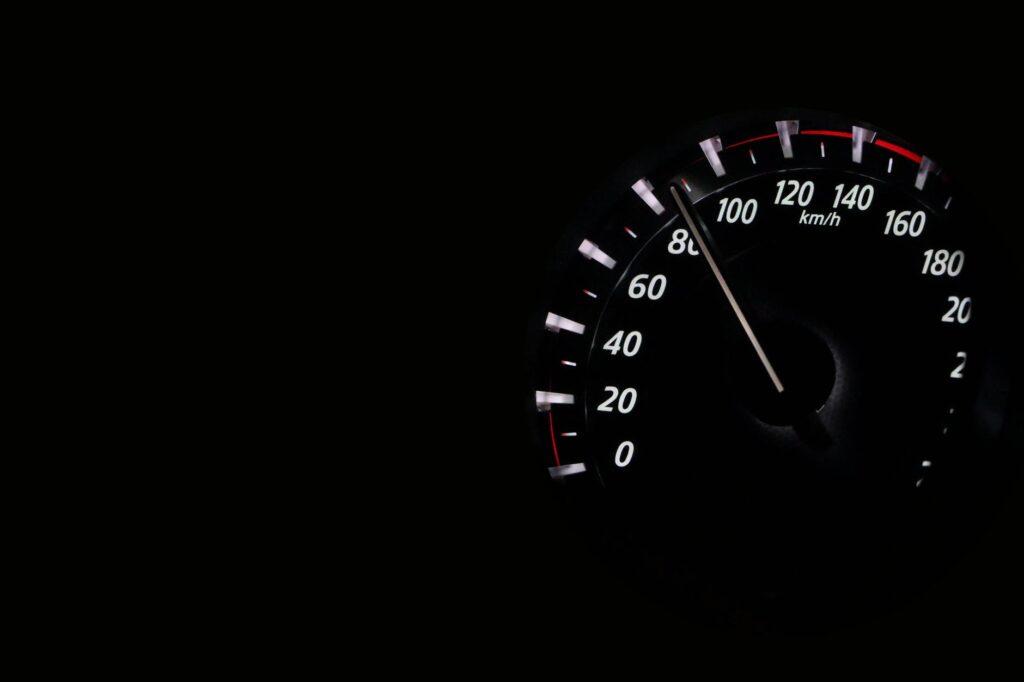By Irina Linnik
IoT technology development gave a start to several interdisciplinary fields that combine IoT with other technologies and studies. One of the most well-known examples of such fields is telematics, a mix of telecommunications, IoT, electrical engineering, and the automotive industry.
While telematics can be applied to education and healthcare, one of its biggest use cases is vehicle telematics. It encompasses vehicle tracking, fleet management, and vehicle maintenance and brings undeniable advantages to the car-sharing industry.
Challenges of Carsharing
To fully comprehend vehicle telematics’ benefits, it is important to understand the actual challenges that the carsharing industry faces.
Carsharing is a car rental model where users rent a car for a short period of time. That means there is always a high user turnover and a very high unpredictability in car maintenance. Since a single car can be used by dozens of people with different driving styles, there is always a chance that some people will be speeding, will be inaccurate while driving, or will leave the engine idling.While telematics allows for easy vehicle monitoring and more accurate routing, it also brings specific benefits to the car-sharing industry by making the driving process safer and allowing better car maintenance.Click To Tweet
If we define the main challenges of the carsharing industry in terms of fleet management, they will be:
- Car maintenance: are the drivers managing cars properly?
- The cost of idling: do cars spend too much time idling?
- Harsh braking and driving: are drivers speeding or driving inaccurately?
- Vehicle Location: where are the vehicles at the moment?
All these questions need to be answered to save money for a carsharing company. This is where telematics comes in place and helps resolve these issues.
Telematics: Overview and Benefits
As said above, telematics is a mix of telecommunications and informatics. It can be considered a subset of IoT since it deploys integrated sensors to obtain certain data.
A telematics device for vehicles is called a black box and contains the following components: a GPS receiver, accelerometer, engine interface, a SIM card, a buzzer, and the expander port. This black box captures the data that a vehicle generates (such as car position, speed, fuel consumption, tire pressure, etc.) and sends it to the cloud. In the cloud, the data is processed and analyzed further to the user’s choice application.
Summing up, the black box device provides you with detailed information on the car’s status and its current position–so how can you use this data to your advantage?
Improved Car Maintenance
Battery voltage, tire pressure, brake state – all these and other indicators can be monitored with telematics. Hence, if there is anything wrong with the car or the need for maintenance arises, car owners can react promptly and provide better car maintenance which, in turn, leads to a longer use period of a car.
Improved Operating Cost Management
With carsharing, fuel is usually included in the price, which means a user does not have to pay for it additionally. Hence, the issue of saving costs on fuel is quite acute for the owners of carsharing businesses.
Telematics allows to monitor several factors that affect fuel consumption:
- Idling
- Driving manner (aggressive driving increases fuel consumption)
- Weather (low temperatures promote higher fuel consumption)
- Use of accessories (air conditioning, etc.)
By knowing about such things, car owners can adjust their policy to reduce fuel consumption and cut down fuel costs.
Improved Driver Safety
Telematics offers multiple options for making the driving process safer for drivers. First, you can set up the device to notify the driver if there is a need for maintenance or to slow down (if the driver is speeding). This will naturally lead to a reduced number of dangerous situations.
Second, telematics enables carsharing companies to quickly and easily locate a vehicle. This option can be quite valuable when there is a need to locate a stolen vehicle or a vehicle in an emergency.
Telematics and Fleet Management
Today, there are many providers of telematics-based solutions that fleet owners successfully use. These solutions usually come in the form of a web and/or mobile application and have an admin and a user interface.
Using the data generated by the vehicle black box, the application displays advanced reporting and analytics, allowing easy management of every car in the fleet. Simultaneously, such applications allow users to see a car’s status before booking it and provide easy registration and payment processes. Advanced features may include limited access to vehicles (for authorized drivers only), emergency buttons for dangerous situations, and driver training while being on the road.
Telematics in carsharing provides one significant benefit: it allows the automatic collection of nearly impossible data to be collected manually. This data can further help car-sharing companies make better business decisions by knowing the real-time state of every car in the fleet. As for the drivers, telematics greatly contributes to their safety by monitoring their driving style and providing helpful suggestions during the ride. Hence, it’s safe to assume that telematics is here to stay and expand its presence as the digitization of the automotive industry continues to grow.
Link: https://www.iotforall.com/how-telematics-benefits-carsharing
Source: https://www.iotforall.com
